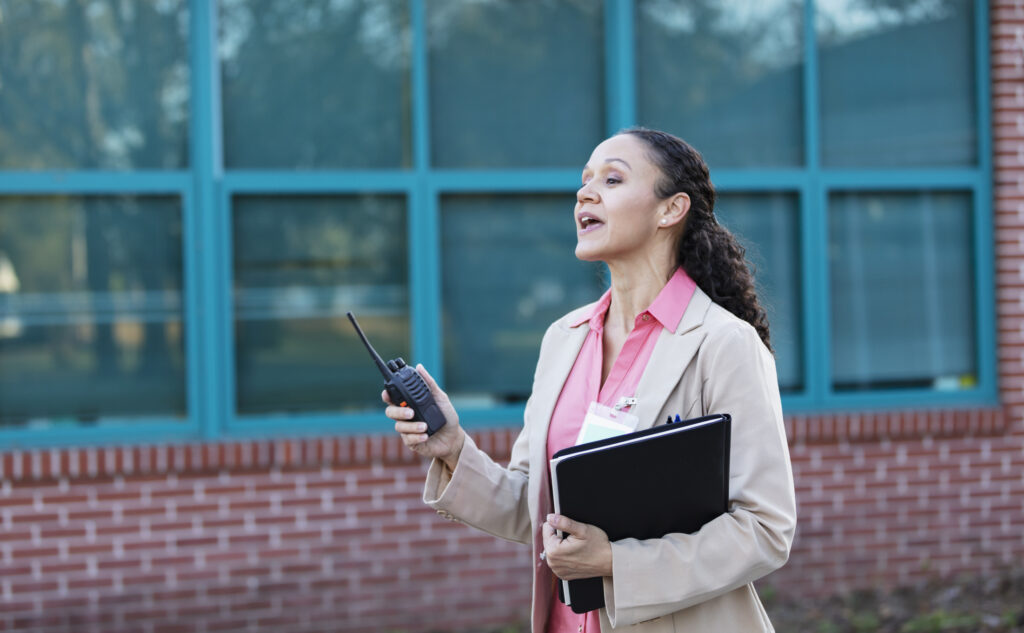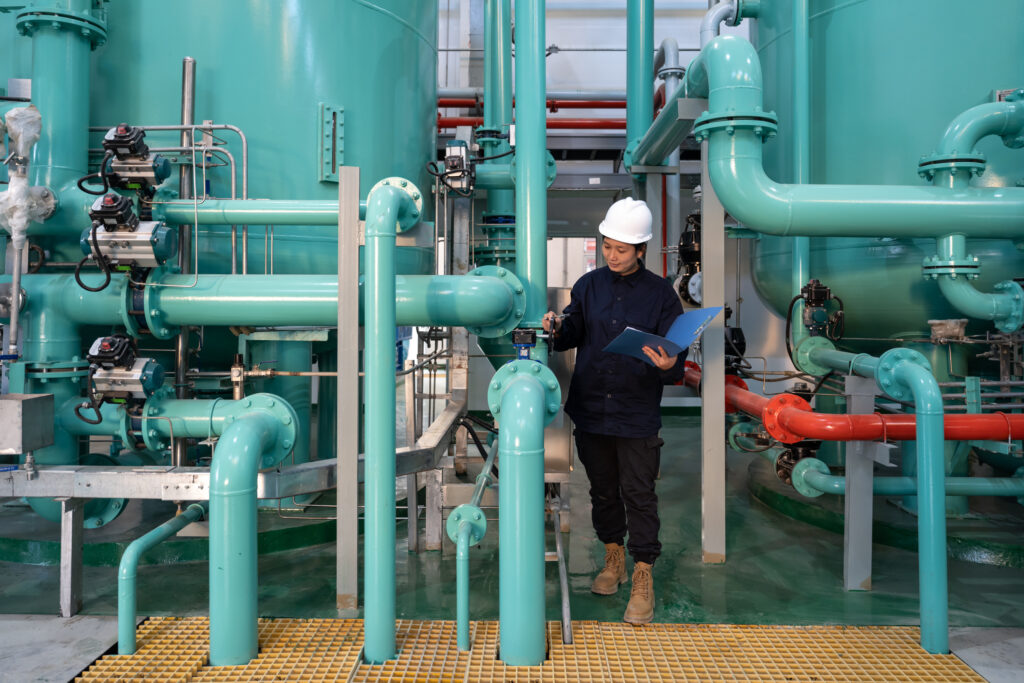Blog
Emergency evacuation plans safeguard lives and communities by ensuring an effective, timely response to various emergencies and disasters. Most jurisdictions legally require communities and businesses to develop, practice, and maintain such plans, so it is important to understand how to create them and tips to make those plans successful. Individuals interested in a career dedicated […]
In 2023, the United States faced a record number of billion-dollar natural disasters. Severe storms accounted for the most, followed by tropical cyclones, wildfires, and winter storms, according to USAFacts. When these catastrophes hit, response teams were dispatched to offer physical, financial, and emotional assistance. The job of emergency management directors is to help communities […]
Community health is the overall health level of a geographically or culturally defined group of people. It is significantly impacted by a host of non-medical factors. These factors include access to safe housing and transportation, education level and literacy skills, the availability of jobs, the prevalence of violence, environmental conditions (e.g., pollution), and opportunities for […]
In 2023, cholera made a devastating comeback. The World Health Organization reported that global cases rose by 13 percent and deaths surged by a staggering 71 percent compared to the previous year. The disease spread to 45 countries, up from 35 in 2021, with 38 percent of reported cases affecting children under five years old. […]
Revenue cycle management (RCM) is an essential financial process in health care that ensures medical providers receive timely and accurate compensation for services rendered. It encompasses the entire financial journey of a patient’s interaction with a healthcare provider, from the initial appointment-scheduling to the final payment collection. Effective revenue cycle management in health care helps […]
Environment, Health, and Safety (EHS) regulations are intended to promote safer workplaces and more sustainable overall practices within organizations. Understanding the meaning of EHS is necessary across a variety of industries and sectors, making roles in this field quite diverse. A Master of Science in Public Health degree can teach students how to analyze, predict, […]
According to the National Safety Council, in 2023, the United States experienced 4.07 million workplace injuries requiring medical care, including falls, exposure to harmful substances, and injurious contact with work equipment. Safety experts have found that the majority of these injuries could have been avoided; in fact, the Occupational Safety and Health Administration (OSHA) asserts […]
Acknowledging the connection between behavioral health and the well-being of our communities is critical in helping people reach their full potential. A 2024 report from the Commonwealth Fund highlighted powerful evidence of that connection when it noted that behavioral health conditions are becoming the most common conditions that community health centers treat. The science of […]
Globally, more than 12 million people die every year because they live or work in an unhealthy, unsafe environment, according to the U.S. Department of Health and Human Services (HHS). Environmental pollutants cause numerous diseases, including some types of cancers. People who have low incomes are more likely to live in areas with dangerous levels […]








